The Personal Learning Backpack (PLB) uses the UDL lens to define the tools, resources, strategies, and skills learners will need to support learning.
Get Started for FREE
Sign up with Facebook Sign up with X
I don't have a Facebook or a X account
 Your new post is loading... Your new post is loading...
 Your new post is loading... Your new post is loading...

Kathleen McClaskey's curator insight,
July 7, 2015 10:13 AM
Over 35 educators across the country came together in a vibrant and vital discussion around the big question in #plearnchat: "Why is Universal Design for Learning the framework for Personalized Learning?" Take a look at the Storify and be amazed what educators are thinking about this big question.

Barbara Bray's curator insight,
December 8, 2014 10:29 AM
Why do teachers and learners need a lens for learning? This post will share the importance of understanding how you learn best. Access is about how you transform and process information into useable knowledge. Engage is how you best engage with content. Express is how you demonstrate what you know and understand. If you use this lens, you and your teacher become partners in learning.

María Dolores Díaz Noguera's curator insight,
July 8, 2013 3:05 PM
Seguiremos las etapas en la práctica educativa.

RATOMAHENINA HARRY's curator insight,
March 24, 2014 4:45 AM
Éducation / Exemplarité /Peace / Change thé World / Solidarité 
María Dolores Díaz Noguera's curator insight,
March 24, 2014 8:11 AM
UDL Guides Personalizing Learning to Meet the Common Core 
Nicky Mohan's curator insight,
March 24, 2014 3:14 PM
Personalized learning is what 21st Century Learning is all about

Julie Regimbal's curator insight,
September 11, 2014 5:15 PM
Dr. Rose is speaking at the Equinox in Manchester, Vermont. Sponsored by the Vermont Council of Special Ed Administrators 11/21. Very excited to be brining him here |

K.I.R.M. God is Business " From Day One"'s curator insight,
January 24, 2017 9:53 AM
Education matter in life,

Kathleen McClaskey's curator insight,
July 3, 2015 11:34 AM
The UDL framework gives us guidelines and a vision to build expert learners:
UDL tells us how to do this so it can work for each and every learner. 
Inma Contreras's curator insight,
January 18, 2016 10:58 AM
Some tips to convert our experience of learning. To learn and to teach.
Matt Vernon's curator insight,
May 5, 2015 2:40 PM
Competent starter on personalized learning from a reputable source!

Barbara Bray's curator insight,
June 28, 2013 11:47 PM
UDL Principles guide learners to understand how they learn best. They determine how they prefer or need to access information, engage with content, and express what they know.

Stephen Gwilliam's curator insight,
January 8, 2013 4:11 PM
When you create an environment where learning is personal for each learner, your role as a teacher changes.
So what does personalized learning really mean?
Personalized learning means it starts with learners having a voice and choice in how they learn. They create their Personal Learner Profile using the Universal Design for Learning (UDL) lens determining how they learn best indicating their strengths, challenges, aspirations, interests, and talents.
It is not about teaching subjects, curriculum, or standards. It is about learners learning how to learn -- how to think for themselves -- to problem solve. The teachers we talk to who are letting go and encouraging learner voice and choice have changed their learning environment and role as teacher. They see and share how learners are taking responsibilities and ownership for their learning. These teachers are finding that they will never go back to traditional teaching methods. 
memma's curator insight,
January 9, 2013 8:11 AM
When you create an environment where learning is personal for each learner, your role as a teacher changes.
So what does personalized learning really mean?
Personalized learning means it starts with learners having a voice and choice in how they learn. They create their Personal Learner Profile using the Universal Design for Learning (UDL) lens determining how they learn best indicating their strengths, challenges, aspirations, interests, and talents.
It is not about teaching subjects, curriculum, or standards. It is about learners learning how to learn -- how to think for themselves -- to problem solve. The teachers we talk to who are letting go and encouraging learner voice and choice have changed their learning environment and role as teacher. They see and share how learners are taking responsibilities and ownership for their learning. These teachers are finding that they will never go back to traditional teaching methods. 
Francisco Velasquez's curator insight,
January 9, 2013 9:45 AM
When you create an environment where learning is personal for each learner, your role as a teacher changes.
So what does personalized learning really mean?
Personalized learning means it starts with learners having a voice and choice in how they learn. They create their Personal Learner Profile using the Universal Design for Learning (UDL) lens determining how they learn best indicating their strengths, challenges, aspirations, interests, and talents.
It is not about teaching subjects, curriculum, or standards. It is about learners learning how to learn -- how to think for themselves -- to problem solve. The teachers we talk to who are letting go and encouraging learner voice and choice have changed their learning environment and role as teacher. They see and share how learners are taking responsibilities and ownership for their learning. These teachers are finding that they will never go back to traditional teaching methods. |




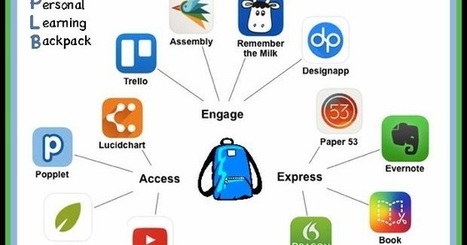

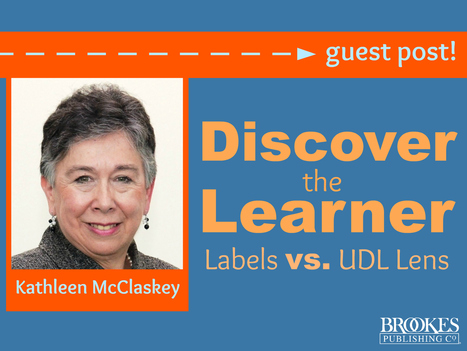
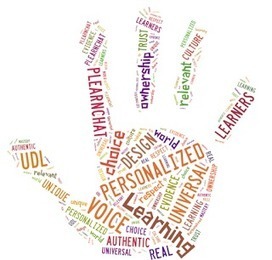

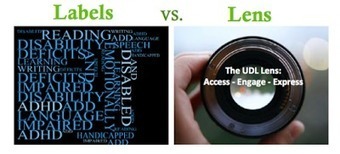
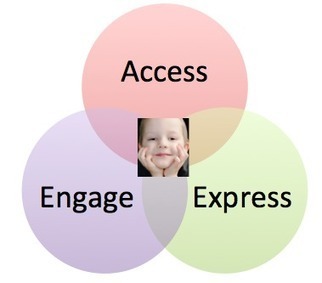

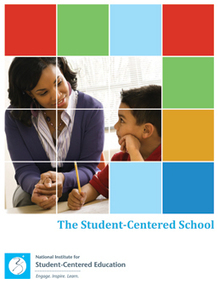

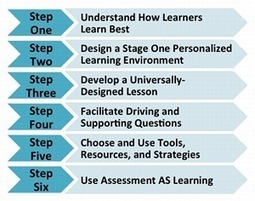
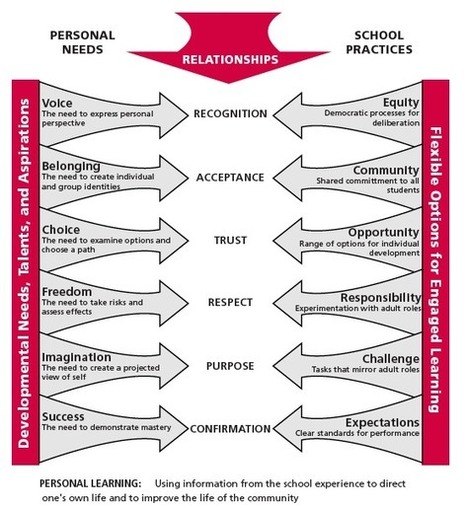




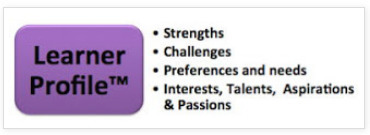
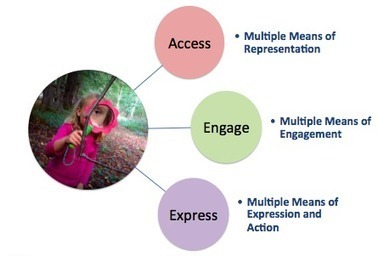
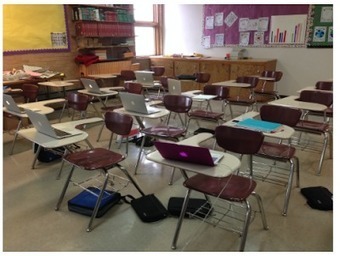


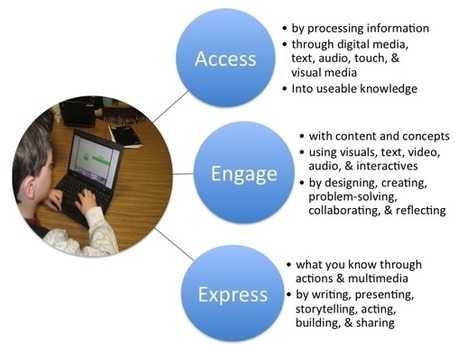
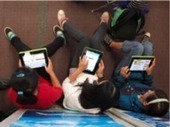





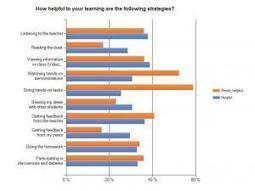





This is part 2 of a 3 part series on how to use the UDL Lens of Access, Engage and Express to develop agency with each learner. Discover how you can create a PLB with your learners so that they develop the skills to support their own learning.